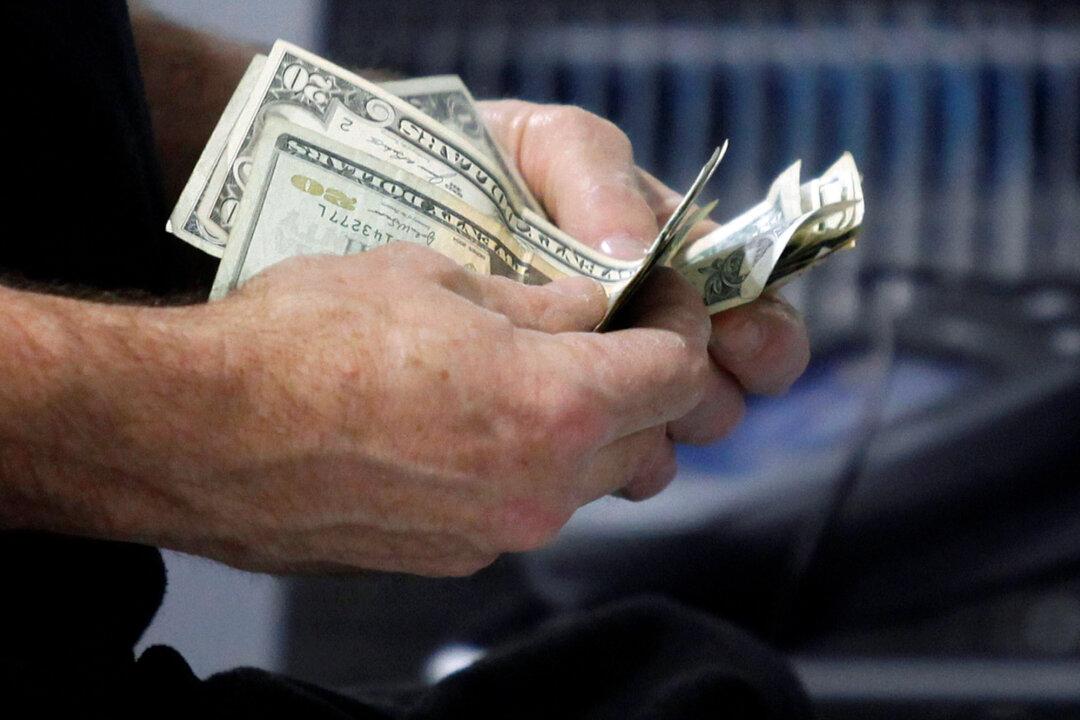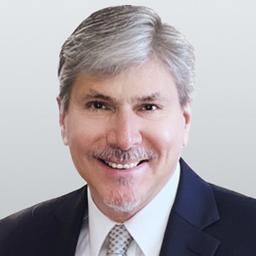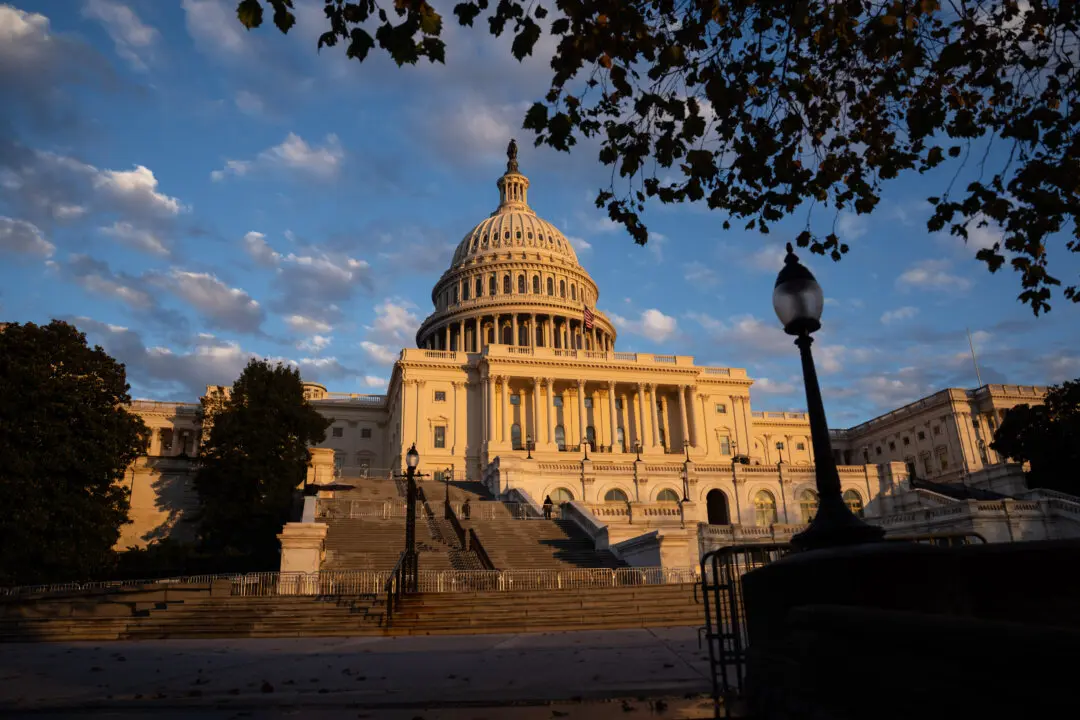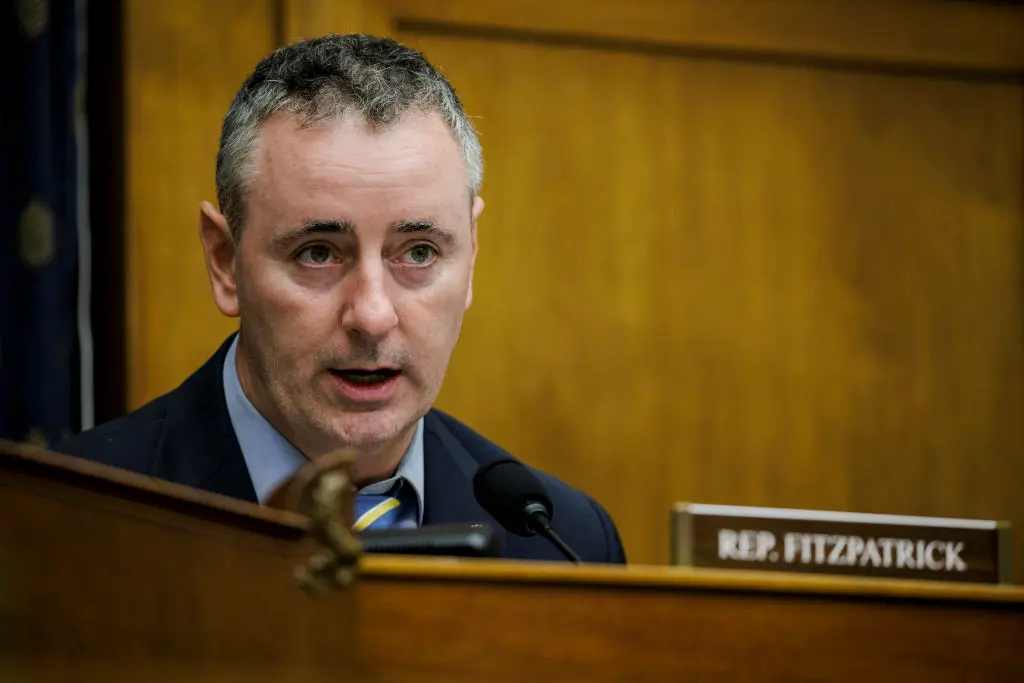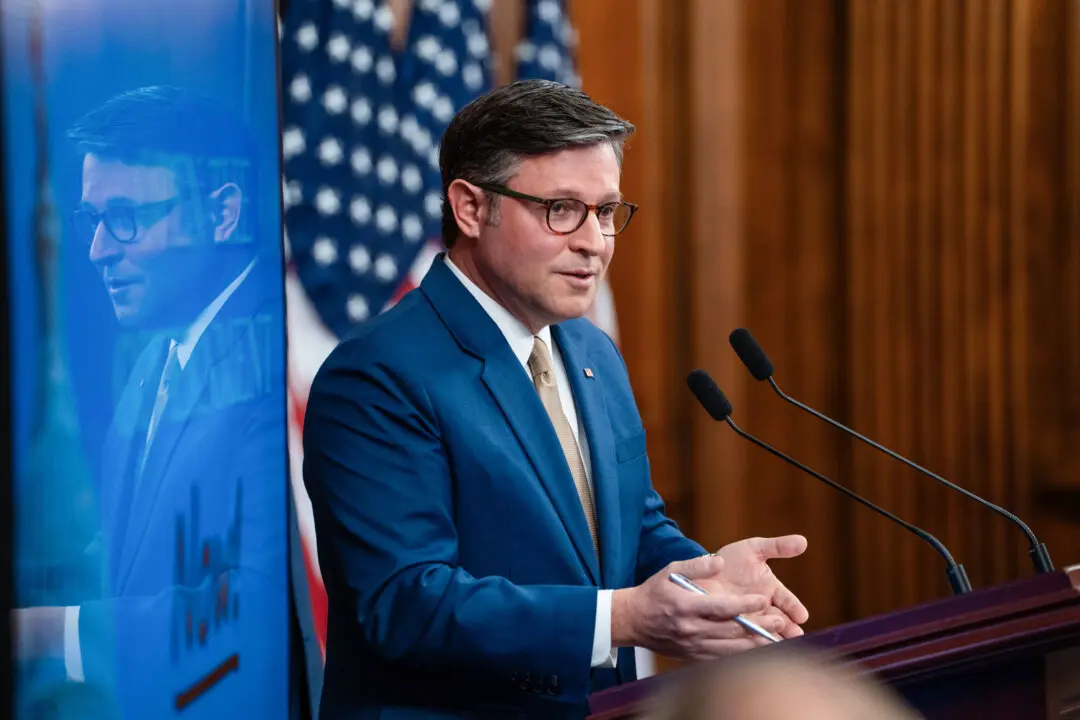The United States has nearly reached its $31.4 trillion debt ceiling, so the Treasury must now manage the nation’s bills without resorting to borrowing.
That’s a challenge because the government operates on a deficit budget, spending more money than it takes in. Normally the Treasury borrows to cover the shortfall. But Congress places a limit on the amount of debt the country can hold.
